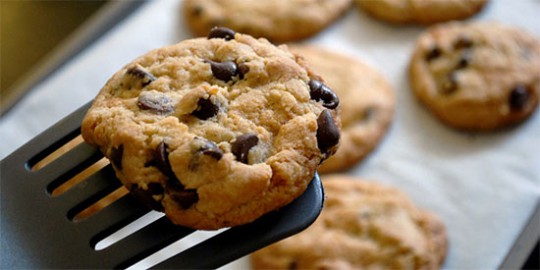UF/IFAS: Baking Blunders To Avoid
December 25, 2018
The way people get cooking advice has changed a lot over the years, due in no small part to the Internet, said Heidi Copeland, family and consumer sciences agent with the University of Florida Institute of Food and Agricultural Sciences Extension.
“Before the Internet, people often took to calling their local Extension office for culinary advice, especially during the frenzy of holiday cooking,” Copeland said. “Fortunately, people still come to family and consumer sciences agents like myself to get answers to their culinary questions.”
“Folks are frequently concerned about baking,” Copeland said. “Many often wonder why their product isn’t turning out.”
Copeland has these tips for avoiding common baking blunders:
1. Take care with substitutions. “Baking isn’t as forgiving as cooking. Using the right ingredients is important because they strongly affect the taste and texture of baked goods,” Copeland explained. “For example, if a recipe calls for butter, don’t substitute a spread. Typical butter is 80 percent fat and 20 percent water, whereas a spread can be as little as 60 percent fat and 40 percent water,” Copeland said. “That bit of extra liquid in something like a pie crust could mean the difference between something deliciously flakey and a soggy mess.”
2. Measure it right. “Your measuring tools —cups and spoons— and how you measure can impact the final product,” Copeland said. “Flour, for instance, should be fluffed up a little with a spoon, swooped into a measuring cup and leveled with a knife or other straight-edged utensil—not packed and pounded into a cup. Brown sugar, on the other hand, should be packed into a measuring cup.”
3. Know your dimensions. “A recipe will tell you which pan size to use. Keep in mind that the recipe is design to fill pans of particular dimensions. For examples, the volume of a nine-inch cake pan is six cups, but that of a 10-inch baking pan is 11 cups,” said Copeland.
4. Get the right flour. “Which flour is best? It depends on what you’re making,” Copeland said. “Whole grain flours are higher in dietary fiber and overall nutrient content than white flour, but whole grain flours are not the norm for most traditional holiday recipes, nor is self-rising flour, which already has baking powder and salt added. All-purpose flour is the key to most basic recipes.”
5. When it comes to eggs, go large. “Unless otherwise noted, assume a recipe with eggs is calling for large chicken eggs at room temperature,” Copeland advised. “If a cookie recipe calls for two large eggs (about four ounces) and two jumbo eggs (about five ounces) are used, the cookies may turn out softer than desired.”




Comments